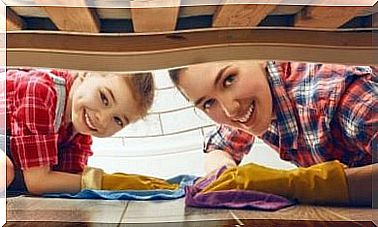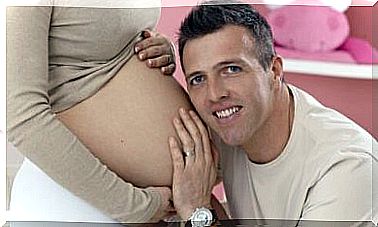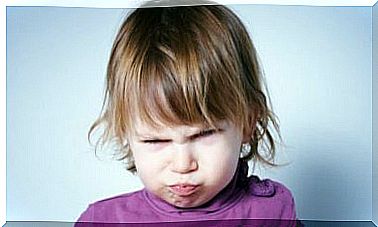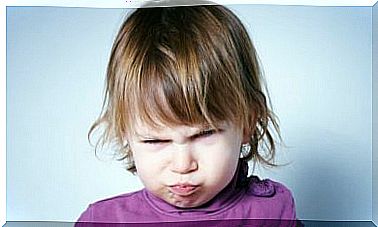Bottle Sterilization
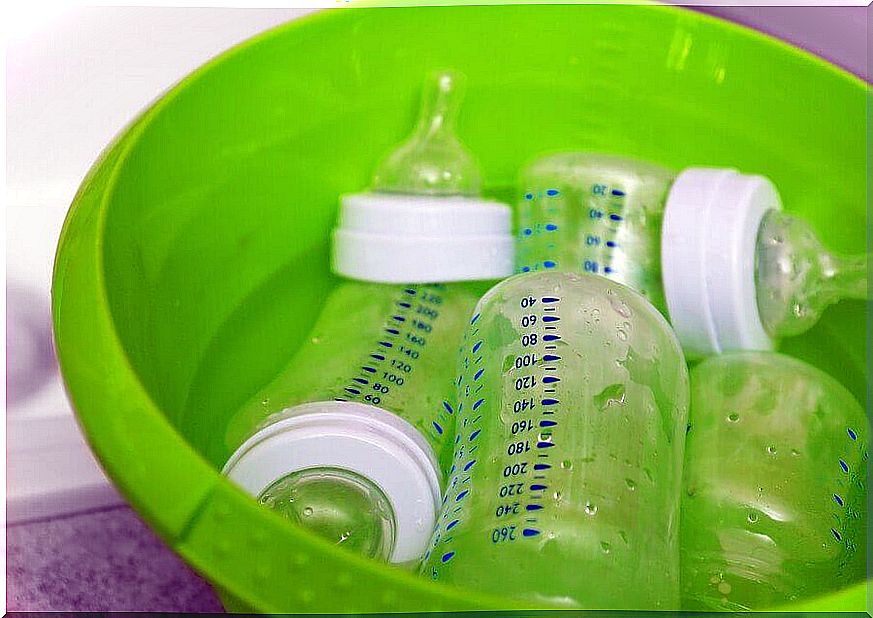
With the joy of the baby’s arrival in the world, responsibilities and precautions also come. One of the most important aspects is food, which also includes the sterilization of baby bottles and pacifiers.
The World Health Organization (WHO) emphasizes the importance of breastfeeding in the first months of life. However, some mothers prefer not to breastfeed or cannot do so due to physiological factors. At this point, baby milk powder begins to be used, which involves the use of baby bottles.
Is it really necessary to sterilize the bottles?
The answer is yes, it is necessary to sterilize the bottles. Babies, when they are born, do not have a fully developed immune system. This means that they don’t have the necessary defenses to prevent infections, vomiting or diarrhea. That’s why bottle sterilization is very important.
There are many ways to sterilize bottles and pacifiers that are used by babies. All are effective and vary according to the needs and possibilities of each person.
Before handling these items, it is extremely important to wash your hands with soap and water. This way, the transmission of germs will be avoided.
Forms and types of bottle sterilization
Here are the most common methods for sterilizing these instruments:
1. Sterilization of baby bottles with boiling water
This is one of the most cost-effective processes and is always available to anyone. You should boil the water in a container and introduce the bottles, pacifiers and other utensils that the baby takes to his mouth. However, despite being the most economical method, it is not the fastest.
With these traditional systems, the elements must remain in boiling water for about 20 minutes. Once baby bottles are sterilized, they should be used immediately. Otherwise, the sterilizing effect will be lost.
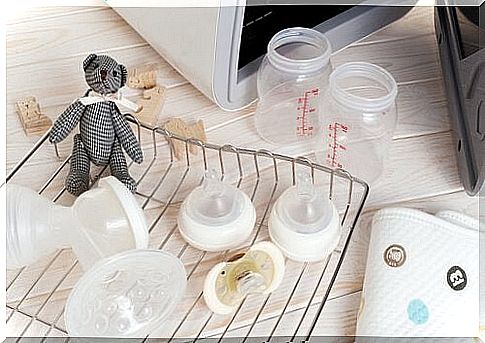
2. Sterilization of baby bottles with steam
There is a huge variety of steam bottle sterilizers on the market. We will find them with different capacities, usually four to six bottles. This is very useful as it serves to disinfect several elements at the same time.
The electric bottle sterilizer is very easy to use. Just place the bottles inside the device and click on the start button. Once the sterilization is finished, the bottles can be stored in the same container in which the sterilization process was carried out.
3. Microwave sterilization of baby bottles
This type of device is also practical and very popular among bottle sterilization options. To use it, it is necessary to wash the bottles, place them in the sterilizer, add water and, finally, take them to the microwave.
These products are lightweight and economical. They vary according to their capacity, which can be from two to six bottles. They also serve to sterilize pacifiers and other baby items. They have a low cost and to use them you only need a microwave.
4. Chemical sterilization of baby bottles
Known as cold sterilizers, a tablet is dissolved in cold water and the sterilization process is carried out. The big disadvantage of this method is that it takes a long time. The process takes between 30 and 60 minutes.
However, it is easy to use and highly recommended for traveling families. It does not require electric current and does not present risks, as the process is carried out with cold water.
5. Self-sterilizing baby bottles
This type of product is very practical when you don’t have the usual sterilization devices available. This is because it offers the option of sterilizing the bottle without the need for a sterilization container. You put water, then put it in the microwave and the bottle is sterilized. It’s not expensive and it’s for getting out of trouble.
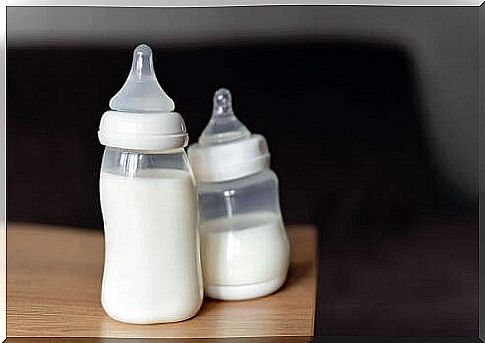
Tips for cleaning and preserving the bottle sterilizer
A tip to keep in mind and conserve the sterilizer is to ensure that there is no water at the bottom. Before placing the bottles and pacifiers to be sterilized, they must be very dry, as it is in the humidity that bacteria proliferate.
After using the appliance, it is important to wait for it to cool before removing the objects. It is also essential to remove the water to keep the appliance clean and dry, as well as unplug it after use.
Once a week, it is recommended to clean the internal grids and the sterilizer lid. Likewise, it is useful to wipe an alcohol swab on the outside of the sterilizer. Don’t forget the plastic part of the wire and the plug.
Finally, it is advisable to prepare a mixture of water and white vinegar monthly. The ideal is to pour it into the sterilizer and put it to work. Vinegar works as a disinfectant, which helps to thoroughly clean the sterilizer.




